Revolutionising battlefield communications
)
In the dynamic landscape of modern warfare, effective communication plays a crucial role in maintaining operational efficiency and situational awareness.
Recognising the need for mobile and resilient communication systems, the team at the Land 2072 Phase 2B project have improved battlefield communications through the integration of a sophisticated satellite capability into Bushmaster vehicles.
Known as the ‘Protected Mobility Headquarters on the Move’ variant, the integration of satellites into Bushmasters allows for the provision of stable and reliable communication services - even while commanders are on the move in the battle space.
With enhanced mobility, efficiency, and the ability to provide stable and resilient communication on the move, these vehicles are poised to revolutionize the way military operations are conducted.
Project manager for Headquarters on the Move, Dafydd Gwynn-Jones, highlighted the groundbreaking nature of the Bushmasters with satellite capability.
“The Bushmasters equipped with the Headquarters on the Move capability are designed to enhance communication in the field,” Mr Gwynn-Jones said.
“Enabling Brigade commanders to have the flexibility to determine the deployment strategy, the satellite enabled Bushmasters will also have options such as designating one vehicle as a commander's tech hub while others support specific squadrons.”
The project is delivered and sustained by the Capability Acquisition and Sustainment Group (CASG) and Boeing Defence Australia.
CASG will be responsible for coordinating the delivery of the Integrated Battlefield Telecommunications Network capability to the user community across Australia.
In addition to satellite communications, the system provides the flexibility to choose between various satellite frequencies, enabling efficient data transmission options including data sharing, chat and email.
“This integration revolutionises battlefield communications by providing satellite communications on the move, facilitating high-side and low-side communications,” Mr Gwynn-Jones said.
“The hardware within these vehicles resembles a data centre on wheels, incorporating substantial computing power and collaborating with the AHQ (Army Headquarters) Land Network Integration Centre and the new Interim Battle Management System.”
This comprehensive suite of capabilities ensures that vital information reaches personnel on the ground in real time, empowering decision-making and operational agility.
“Units will receive comprehensive training on the node's capabilities, enabling seamless integration with regular radios, including HF (high frequency) through the 150s and legacy UHF radios,” he said.
Furthermore, the system will integrate with future radio models such as the AN/PRC 160s and 158s, ensuring compatibility with evolving communication technologies.
By seamlessly integrating with existing radio systems and offering expanded functionality for data handling, the Bushmasters with satellite capability will ensure communication in dynamic and challenging environments.
End user Signaller James McGregor, at the 1st Combat Signals Regiment, highlighted the transformative impact of the Bushmasters with satellite capability for future.
“It really consolidates equipment, making communication highly mobile,” he said.
“It will also eliminate the need for extensive manual labour and setup. It makes us really autonomous and independent.
“It will significantly enhance our readiness and mobility across a variety of environments.”
The Bushmasters with satellite capability are set to be deployed to brigades, with 10 vehicles being used on Exercise Talisman Sabre.
